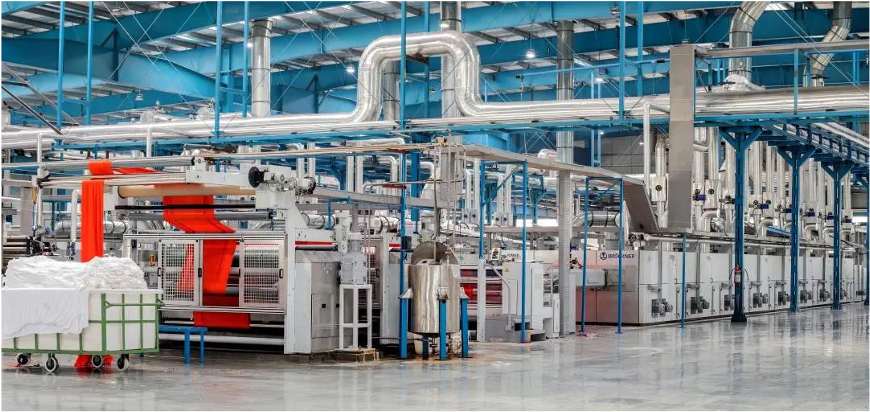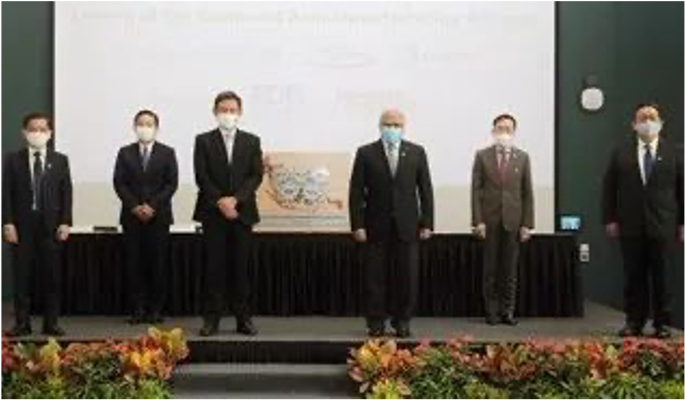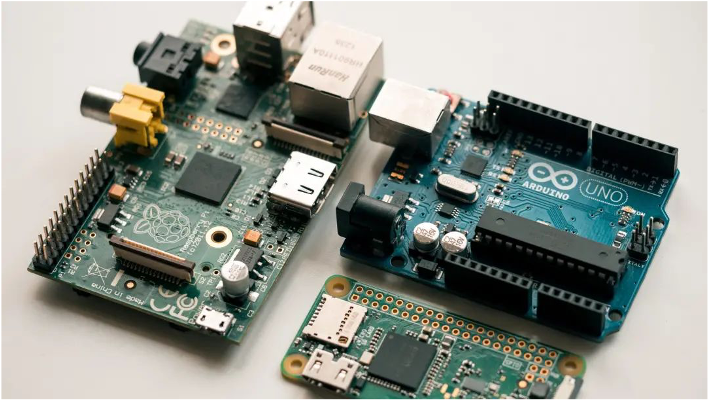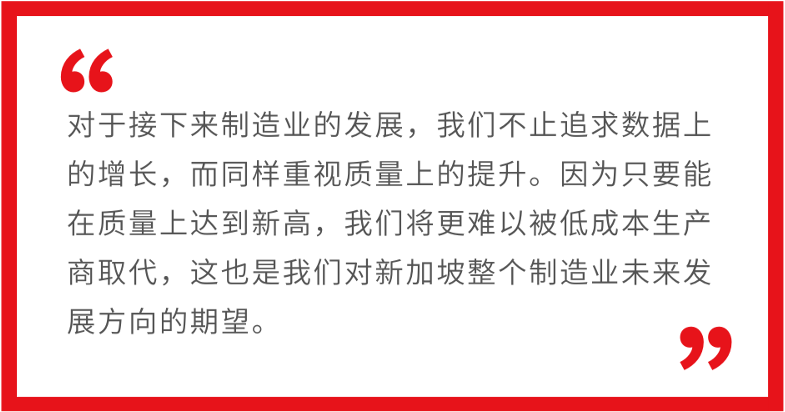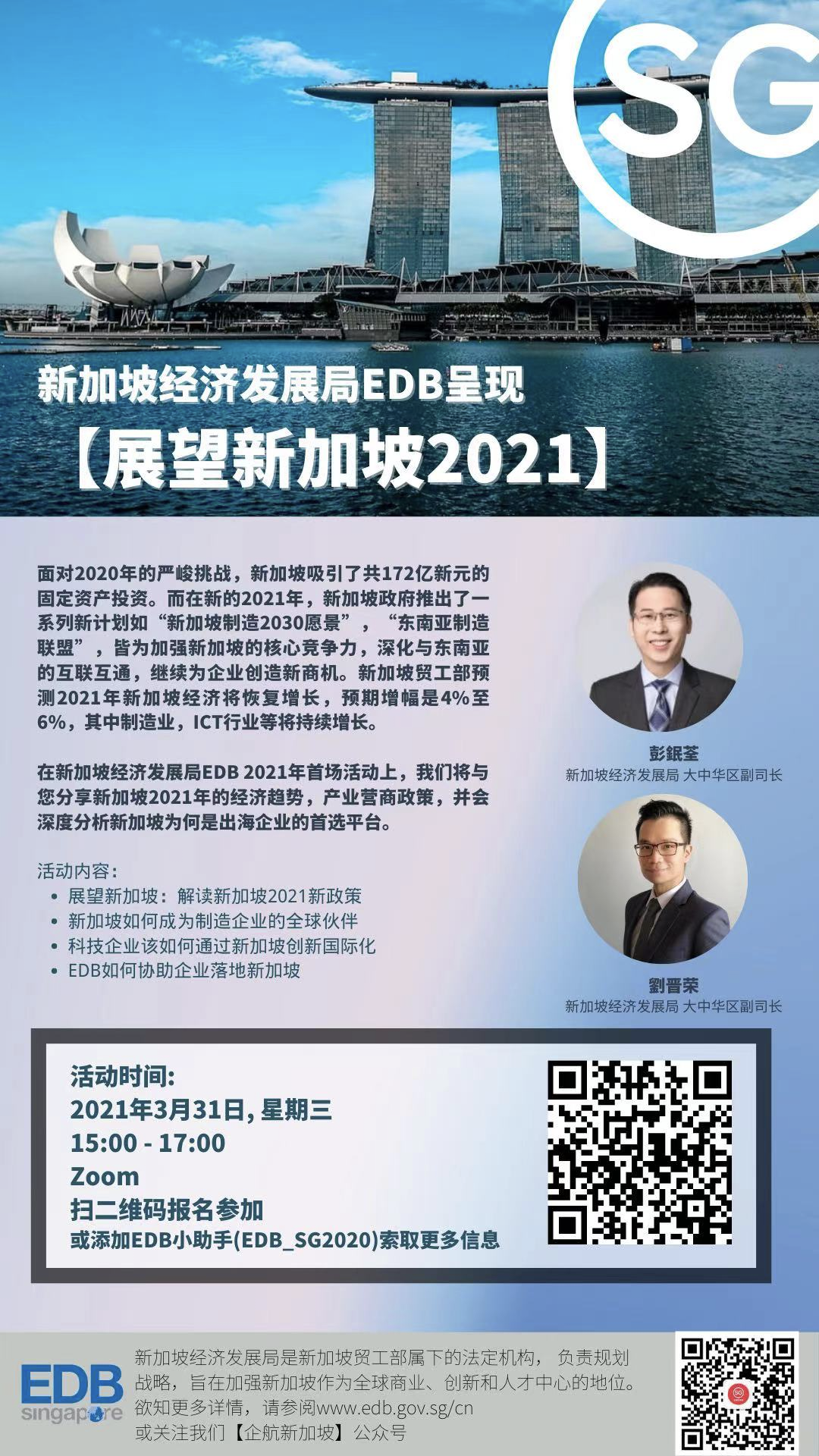Singapore’s manufacturing industry expects to strive for 50% growth in the next 10 years.
The overseas website is online! For more global business related information, please click letschuhai.com.
In 2020, the global economy is facing severe challenges, but Singapore’s manufacturing industry is like a beacon of the national economy, becoming an important driving force for Singapore’s current and future economic growth. Against the backdrop of the global epidemic, Singapore’s manufacturing industry bucked the trend, with 6 consecutive months of growth from July to December 2020, and the annual growth rate reached 7.3%, the highest increase since 2017. And the contribution of manufacturing to domestic GDP in 2020 is about S$106 billion, accounting for about 21%, while providing about 12% of jobs.
Image source: Unsplash
According to the Ministry of Trade and Industry of Singapore, the expansion of manufacturing is mainly due to the growth of biomedical manufacturing, electronics, and precision engineering industries. Data show that the output value of Singapore’s biomedical manufacturing industry has increased by 23.7% in 2020 compared with 2019. In addition, as semiconductor equipment, measuring equipment, optical instruments, and metal precision components have reached higher output, the precision industry has also increased by 10.6% compared with 2019.
Singapore Manufacturing 2030 Vision
For the development of the manufacturing industry in the next 10 years, Singapore has also scientifically and detailed plans and released the “Manufacturing 2030 Vision”, committed to building Singapore into a global advanced manufacturing industry by 2030 Center for business, innovation and talent, and aiming at the growth rate in the past 10 years, Continue to strive for 50% growth in the next 10 years, while ensuring that the contribution of manufacturing to Singapore’s GDP remains at about 20% .
“Manufacturing 2030 Vision” is the goal of promoting the transformation of traditional manufacturing to advanced manufacturing, and its focus is on investment in intellectual property rights and developing “unique technologies and products”. The Singapore government will focus on investing in advanced manufacturing infrastructure, establishingA strong research ecosystem and support for companies to adopt Industry 4.0 transformation are three major aspects that promote the development of this field.
Introduction Ceremony of the Southeast Asia Manufacturing Alliance|Image source: The Straits Times
In addition, the Southeast Asia Manufacturing Alliance recently announced its establishment in Singapore. The alliance looks forward to providing “Singapore+ 1″Strategy to build a network of industrial parks and promote the development of a global diversified supply chain. The establishment of the alliance will also strongly promote the realization of the “Manufacturing 2030 Vision”.
In order to realize the “Manufacturing 2030 Vision”, Singapore is also committed to attracting world-class investors and local companies to enter the manufacturing field, consolidating Singapore’s position as a key node in the global value chain.
Important manufacturing base for world-class companies
Over the years, Singapore’s strong intellectual property protection policies, stable business environment and pro-business policies have attracted many world-leading manufacturing companies to consolidate and develop their businesses, especially in < strong>Electronics and semiconductors and chemical industry. In 2020, the Singapore Economic Development Board attracted a total of S$17.2 billion in fixed asset investment, the highest in 12 years, of which the electronics and chemical industries accounted for 37.7% and 24% respectively.
Electronics and Semiconductor Industry
Image source: Unsplash
The electronics industry is Singapore’s largest manufacturing sub-sector, employing approximately 70,500 employees and accounting for manufacturing GDPA type of semiconductor manufacturing company provides services and has become one of the six Singapore companies listed on the Forbes Asia Top 200 Listed Small and Medium-sized Companies, with an expected annual revenue of S$480-500 million.
AEM is at the forefront of the global semiconductor industry through innovation, and has established solid connections with global partners to further help Singapore expand its manufacturing network. As a member of the “Enterprise Takeoff Plan”, AEM has successfully created a large number of job opportunities for Singapore, helped the country’s economic development, and set an example for other Singaporean companies.
Oneberry Technologies
Oneberry Technologies, an innovative security and remote monitoring technology solution provider in Singapore, has developed robots that perform security and patrol functions, and has been put into use at important national conferences.
Through the customized support of the Singapore government, we will promote cooperation with leading global manufacturing companies, improve the manufacturing ecosystem, and accelerate the transformation of Industry 4.0. In the future, we will look forward to more outstanding Singapore manufacturing companies appearing on the international stage. For example, Singapore has now released the World’s first Industry 4.0 tool, the Industrial Intelligence Index (Smart Industry Readiness Index, referred to as SIRI), which provides all manufacturing companies with the framework and tools they need during their transformation. Help them measure whether their own Industry 4.0 facilities are ready.
About the “Manufacturing 2030 Vision”, Minister Chen Zhensheng shared:
In the face of China’s high-quality manufacturing companies, Singapore is waiting for it. Singapore’s “Smart” vision 2030 is looking forward to your joining.
Event information
2030 is too far, seizing the day? In 2021, organic manufacturing companiesWill take advantage of the policy of the Singapore government to seize new business opportunities. What does the government say? How do companies do? Scan the QR code of the poster below to sign up for the event.
Editor’s note: This article is selected from the WeChat public account “Enterprise Airlines Singapore (ID:BusinessSingapore)“.
For reports, communication with authors, business cooperation, submission and reprinting, please scan the QR code below to follow the official account “Going to Sea”, click the menu bar-contact us-cooperation requirements, scan the code to fill in the form, and contact us.
